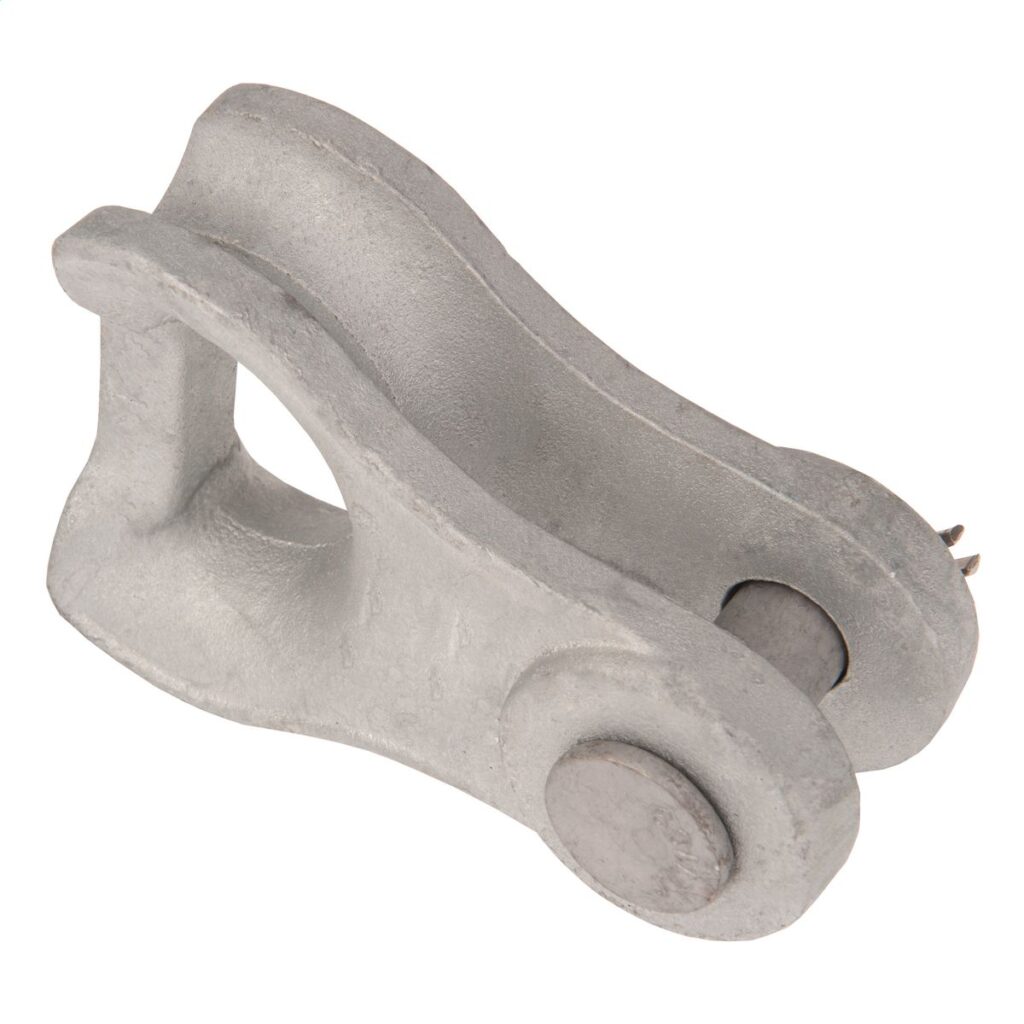
The tool used to fasten wires to insulators and other support structures qualifies as a thimble clevis. It contributes to the safe and dependable transmission of power for a variety of uses. A thimble-shaped metal component with a loop, groove, or hole at one end makes up a thimble clevis. The conductor must fit in this component. The other end aims to attach to the insulator by a bolt, pin, or other fastener. Thimble clevises aid in preserving the correct conductor tension and alignment. By doing this, the conductors remain safe from drooping or coming loose. Thus, there is a lower chance of power outages or other safety risks. They consist of materials resistant to environmental factors and mechanical loads. Clevises find use in applications such as transmisison and distribution lines.
Varieties of thimble clevis
Thimble clevises are available in a range of configurations and have specific uses in overhead transmission lines. Take into account the project requirements, mechanical load, conductor size and environment. This article covers the various varieties of thimble clevis used on transmission lines.
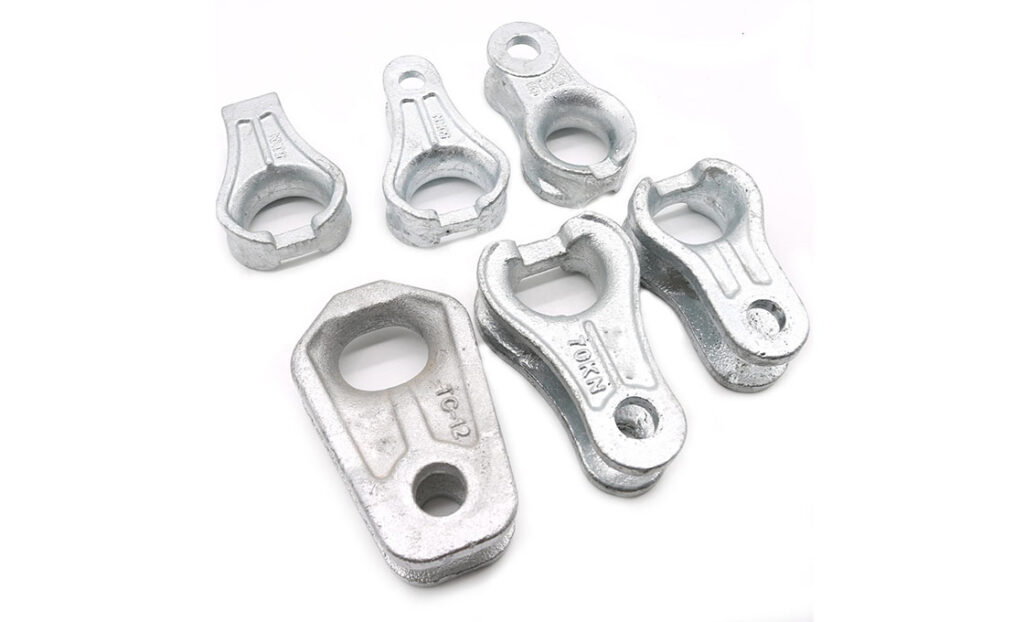
- Thimble clevis dead-ends – these have designs to function in situations when the conductor comes to an end at a support structure. They serve to disperse mechanical loads and anchor the conductor.
- Standard clevis – this is the most common and basic kind of thimble clevis. It consists of a cylindrical thimble that fits into a U-shaped clevis. They support conductors with dependability and are useful in a variety of applications.
- Heavy-duty thimble clevis – these are from stronger, more durable materials to handle greater mechanical loads. They function in regions where there is a lot of tension on the conductor.
- Thimble clevis with an angle – these clevises serve a purpose in situations where the conductor must attach at an angle. Their angular shape allows for installations while still ensuring a safe connection.
- Ball and socket – this design connects the clevis and the thimble with a ball joint. There is some angular mobility and flexibility possible with this connection. This permits a small misalignment of the conductor. and the suppport structure.
- Thimble clevis with insulation – these clevises have an insulating substance, such as composite or polymer, integrated into the thimble. They reduce the possibility of electrical leakage by providing electrical insulation.
- Thimble clevis with an adjustable feature – this type of clevis has an extra function that lets you change the tension. To precisely adjust the thimble’s location within the clevis, they feature a threaded component or mechanism.
Categorization of thimble clamps
Thimble clevises fall into categories according to design, size, load capacity, and intended use. This assists in the selection of the most appropriate type for your unique installation requirements. Thimble clevises vary as follows.
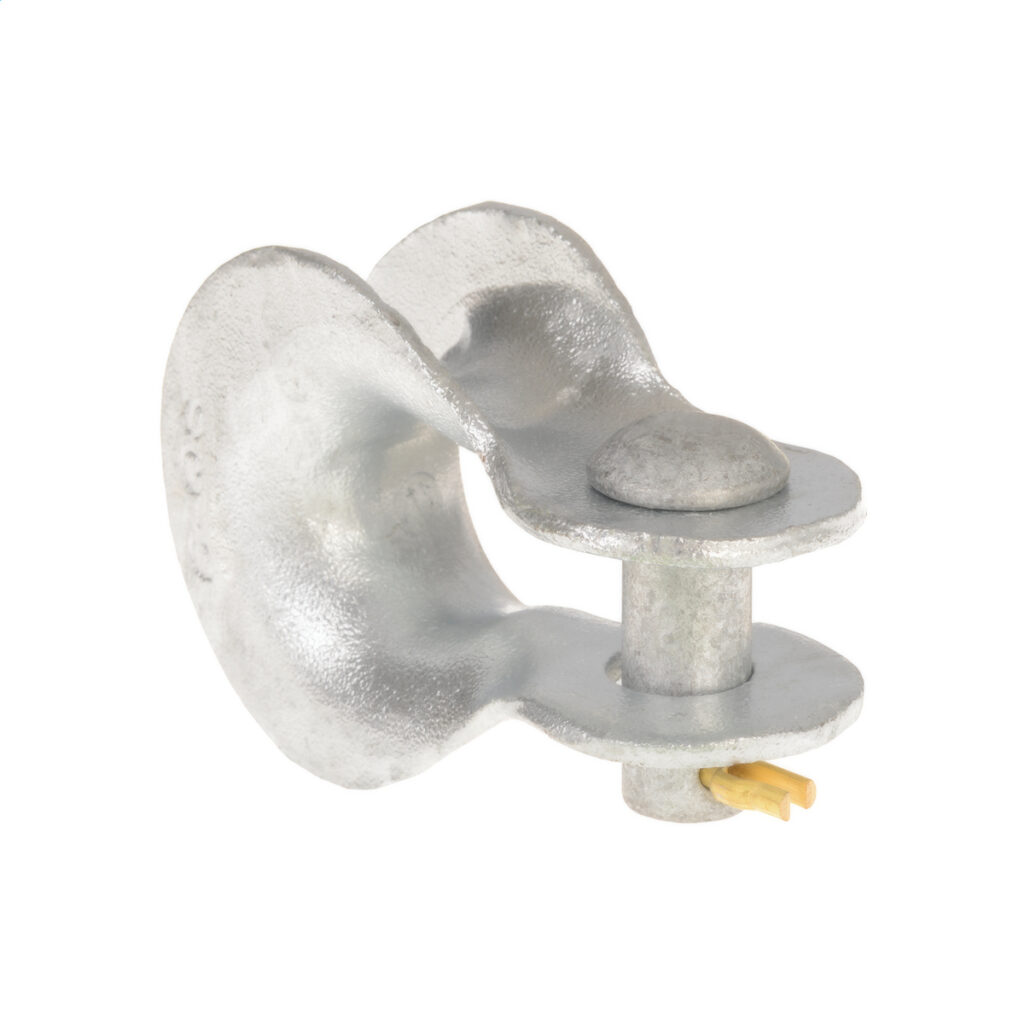
- By size – clevises come in a variety of sizes to fit different conductor diameters and types. They may also classify conductors based on their diameter and size.
- By design – there are several varieties, including normal clevis, adjustable clevis and ball clevis. These varieties accommodate the conductor, allowing for alteration and swiveling movement.
- By load capacity – the clevises have ratings that say the greatest mechanical load they can withstand. They can be light, medium, or heavy duty thimble clevises.
- By application – they may work in transmission, distribution and substation equipment. They may classify based on voltage, conductor type, or environmental circumstances.
- By specialty – particular clevises work in dead-end setups and angle applications. These may need the usage of dead-end or angle clevises.
- By material – The thimble clevises can classify according to the material of construction. These materials include steel, aluminum and other corrosion-resistant materials.
Applications for thimble clevis
The thimble clevis is an essential part of transmission line construction, operation, and maintenance. With its application, the conductors are securely supported, ensuring the safe and reliable transfer of electric power. It also maintains adequate levels of tension and distributes loads. The following applications for thimble clevis in overhead transmission lines.
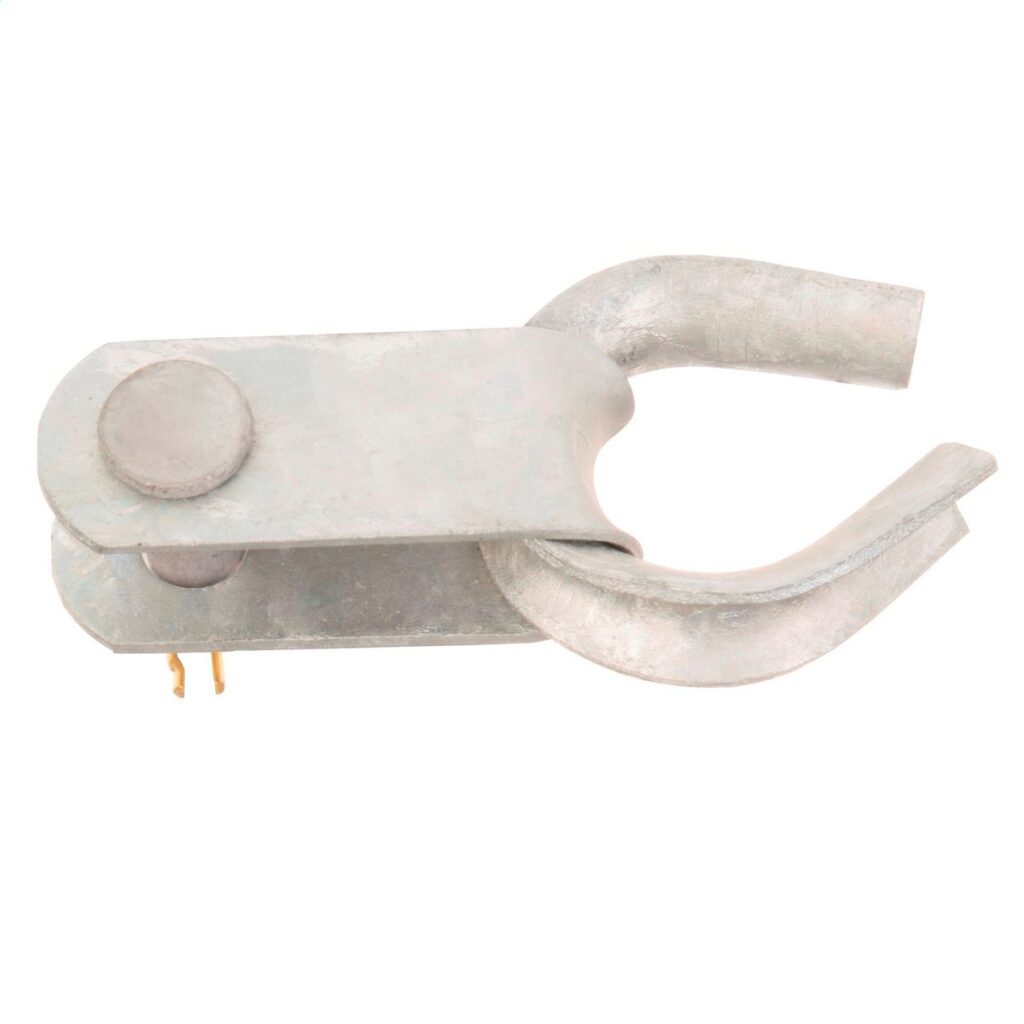
- Transmission lines – thimble clevises connect the conductor to the other hardware components in the system. They create a reliable and sound connection, guaranteeing that the conductor remains in position.
- Telecommunications – clevises support electrical cables and wiring in telecommunications lines. They contribute to the integrity of electrical connections and prevent cable sagging.
- Distribution lines – these use clevises to help transport power from transmission lines to residences and businesses. They play an important role in maintaining distribution system stability and reliability.
- Adjustability – the thimble clevis enables for easy tension change during transmission line installation or maintenance.
- Conductor suspension – the devices suspend or support the conductors in overhead transmission lines. They also provide a secure connection between the conductor and the supporting structure like poles and towers.
- Load distribution – they distribute the mechanical loads and stresses along the length of the conductor. They also distribute the weight and tension on the lines to prevent stress concentration points.
- Insulation and protection – thimble clevises distribute the mechanical loads and stresses along the length of the conductor. They act as a barrier between the conductor and the metal clevis reducing the risk of abrasion, wear and damage to the conductor’s insulation.
- Renewable energy systems – the clevises support electrical cables and wiring used in wind farms and solar power plants. They play a crucial role in ensuring the efficient and reliable operation of renewable energy infrastructure.
Materials used to create thimble clevises
Thimble clevises are from high-strength materials, ensuring durability, corrosion resistance and mechanical stability. The material selected depends on criteria such as the application environment, load requirements and desired lifetime. Furthermore, each material has distinct advantages and compatibility for various uses and situations. The following are the most frequent materials used for thimble clevises.
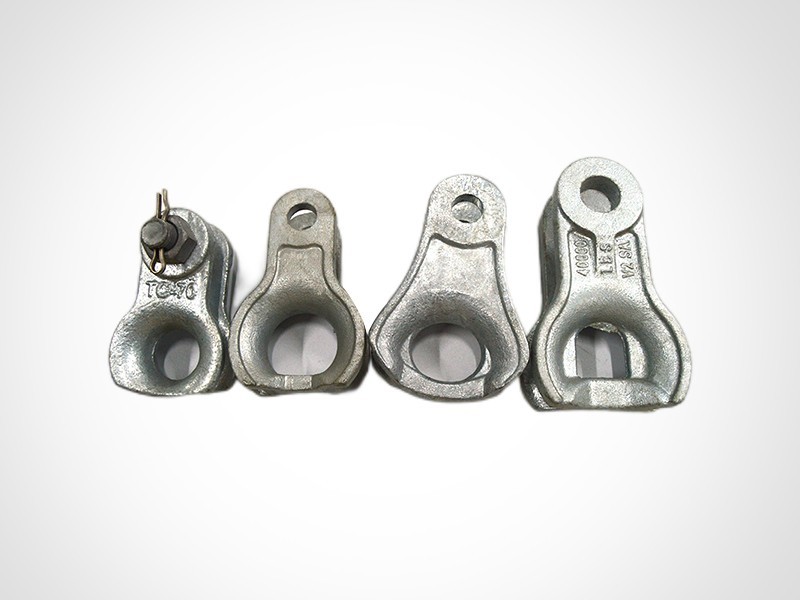
- Aluminum clevises – these are lightweight and corrosion-resistant. This makes them appropriate for applications that involve exposed corrosion elements. They work on overhead transmission and distribution lines.
- Steel – this is a preferred material for thimble clevises. This is because of its high strength, longevity and resistance to mechanical stress. Steel clevises are suitable for medium to heavy-duty applications as well as outdoor applications.
- Stainless steel – this is highly corrosion resistant in hostile situations. These are chemically-exposed settings. They serve in applications in coastal areas or chemical processing plants.
- Composite materials – these include fiberglass-reinforced plastics and polymer composites. The materials have several advantages, including lightweight, corrosion resistance and electrical insulating qualities.
- Galvanized steel clevises – these have zinc coatings to prevent corrosion. They are appropriate for outdoor use. These applications are susceptible to moisture, humidity and air corrosion.
- Bronze clevises– these have strong corrosion resistance and are suitable for marine and underwater applications. This is where they are susceptible to seawater and harsh environmental conditions.
- Copper-based clevises – these have great electrical conductivity and corrosion resistance. This makes them appropriate for applications requiring high electrical conductivity.
Thimble clevises and their functions
Thimble clevises play a vital role in electrical installations like transmission and distribution lines. They offer secure attachment, alignment, load distribution and electrical continuity. This also simplifies installation and maintenance processes while improving safety. The following are the primary roles of thimble clevises.
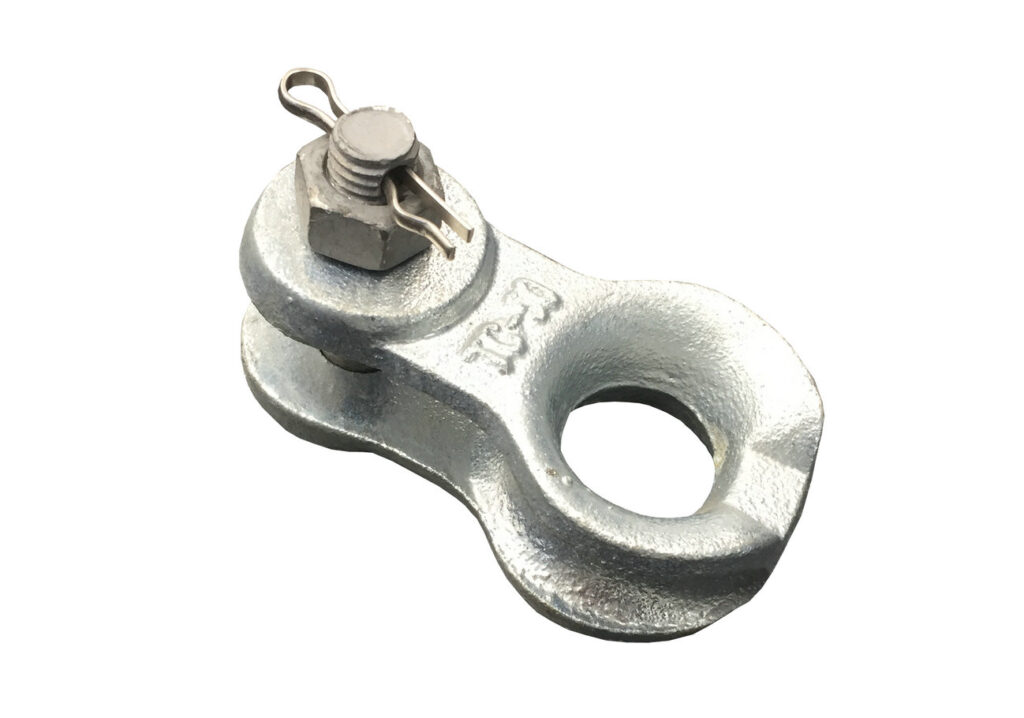
- Mechanical load – thimble clevises send mechanical loads along the length of a conductor. This reduces stress concentrations and lowers the danger of mechanical failure. They also help to disperse the conductor’s weight and any extra loads, ensuring structural integrity.
- Electrical continuity – clevises help maintain electrical continuity in transmission and distribution lines. They also ensure that the electrical current flows through the conductor uninterrupted.
- Secure conductor attachment – the clevises provide a secure connection point for conductors to insulators. They keep the conductor in place to prevent it from coming free.
- Safety – clevises improve safety by anchoring conductors in overhead electrical systems. They also improve the reliability and safety of the electrical installation.
- Installation and maintenance – the clevises have designs for easy installation and maintenance. This also allows for the rapid and easy installation of conductors.
- Maintain conductor alignment – clevises aid in the proper alignment of conductors in overhead transmission lines. They also guarantee that the conductor is properly positioned and tensioned to avoid sagging.
Frequently asked questions
A thimble clevis is a hardware component used in electrical installations to connect conductors and insulators. It guarantees that the system is properly aligned, load distributed and has electrical continuity.
Thimble clevises are from steel, aluminum, stainless steel and composite materials. Load requirements, environmental circumstances, and desired performance qualities all influence the material selection process.
Consider the application environment, load requirements, conductor size, compatibility with insulators and support structures.